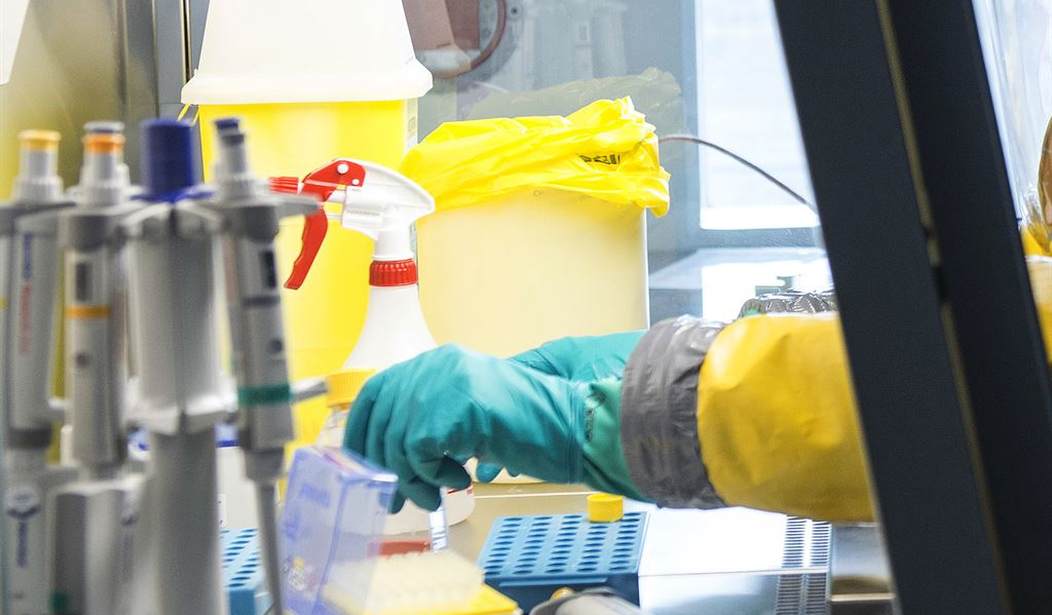Academic fraud is forcing Wiley, a major publisher of scientific journals, to close 19 journals after some were overwhelmed by industrial-scale research fraud. In the last two years, Wiley has retracted over 11,300 papers containing some fraudulent content.
Academic publishing is a major industry for two reasons. The publishing industry generates about $30 billion in revenue, approximately 40% of which comes from within the United States. These publications don't make their money from advertisers. To have a research paper published in a top-tier journal will cost the research team several thousand dollars. That money typically is an authorized expense of the grant or contract the laboratory has received.
Why, you might add, would anyone pay $12,000 to have their paper published in one of Nature's 156 titles? The way you win grants, acquire and maintain academic tenure, and move from the underpaid gypsy status of a post-doctoral researcher is by publishing. Nearly all the problems associated with academic publishing — fraudulent data, insipid and irrelevant subjects, and incoherent writing being top among them — stem from the role publishing in academic journals plays in scientific research. Paradoxically, the business model of academic journals is based on selling space to needy scientists, and so there is a tension between academic integrity and the bottom line that technology, especially the emergence of large language models, has exacerbated.
The sources of the fake science are “paper mills”—businesses or individuals that, for a price, will list a scientist as an author of a wholly or partially fabricated paper. The mill then submits the work, generally avoiding the most prestigious journals in favor of publications such as one-off special editions that might not undergo as thorough a review and where they have a better chance of getting bogus work published.
World-over, scientists are under pressure to publish in peer-reviewed journals—sometimes to win grants, other times as conditions for promotions. Researchers say this motivates people to cheat the system. Many journals charge a fee to authors to publish in them.
Problematic papers typically appear in batches of up to hundreds or even thousands within a publisher or journal. A signature move is to submit the same paper to multiple journals at once to maximize the chance of getting in, according to an industry trade group now monitoring the problem. Publishers say some fraudsters have even posed as academics to secure spots as guest editors for special issues and organizers of conferences, and then control the papers that are published there.
“The paper mill will find the weakest link and then exploit it mercilessly until someone notices,” said Nick Wise, an engineer who has documented paper-mill advertisements on social media and posts examples regularly on X under the handle @author_for_sale.
The journal Science flagged the practice of buying authorship in 2013. The website Retraction Watch and independent researchers have since tracked paper mills through their advertisements and websites. Researchers say they have found them in multiple countries including Russia, Iran, Latvia, China and India. The mills solicit clients on social channels such as Telegram or Facebook, where they advertise the titles of studies they intend to submit, their fee and sometimes the journal they aim to infiltrate. Wise said he has seen costs ranging from as little as $50 to as much as $8,500.
While shutting down 19 journals is impressive, keep in mind that Wiley is the home to over 2,000 titles. The shuttered titles are all from Wiley's purchase of the Egyptian academic publisher (yes, I wrote that) Hindawi. All that means is that the fraud is more easily detectable in low-end journals.
Most of the articles involved aren't going to change the direction of science. They aren't falsification of cancer clinical trials that corrupt clinical practice. Many of these articles will never be read or cited. They do the damage by giving cheaters and liars a path to promotion in scientific research.
While articles in scientific journals are supposed to disseminate scientific information, it has devolved into self-promotion. Scientific publishing is how scientists let their peer group know how brilliant they are. It has also become a proxy for productivity. The more papers you are listed as an author on, the better your chances of advancement. While the first and last authors on a paper are the most important, buying your way in as a fourth or fifth author does have value.
None of this could exist without the current publish-or-perish system and if there were concrete, career-ending consequences for publishing false research results or participating in a "paper mill" scam.
The next time someone tells you to "trust the science," just remember that you are being asked to rely upon a deeply corrupted system that hosts a lot of people who are much more interested in moving their careers forward than in the cause of science.














Join the conversation as a VIP Member